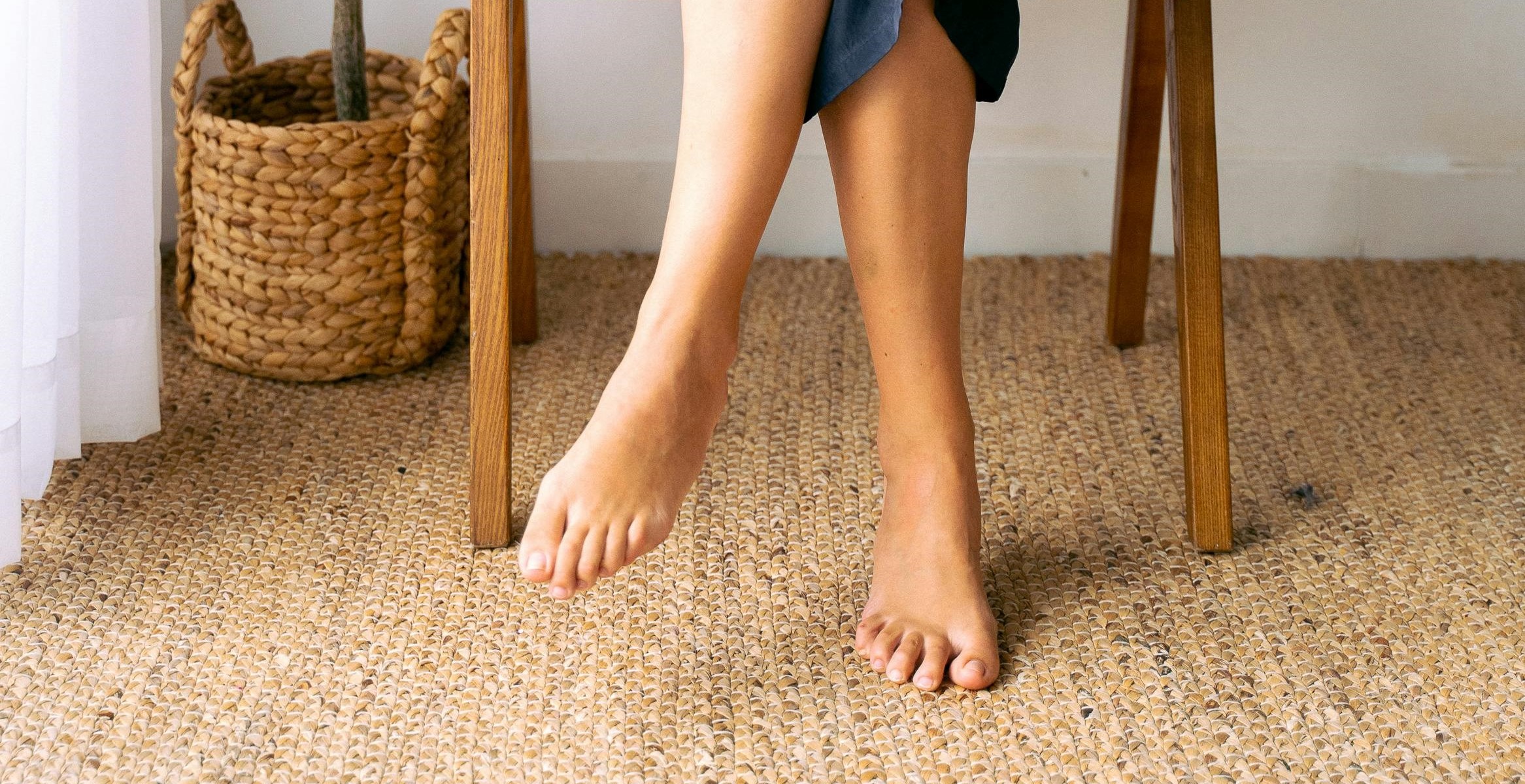Sisal and jute rugs, with their natural appeal, are a stylish choice for all sorts of settings. But caring for these textiles can be a challenge. Here we lay out some pros and cons of living with the most popular, plant-based floor coverings on the market.
Why People Love Sisal and Jute Rugs
There is nothing like a grass rug to give a relaxed, summery vibe to your living space. These accessories are equally at home in a room featuring fine antiques as in a casual covered porch setting.
Jute and sisal rug fans tout the eco-friendly elements of these fibers. They point out that grass products rarely require fertilizer or pesticides. Furthermore, they have a fast turnaround, from germination to harvest, and the fibers are biodegradable and compostable. Thanks to these characteristics, a grass rug can be an environmentally sustainable purchase.
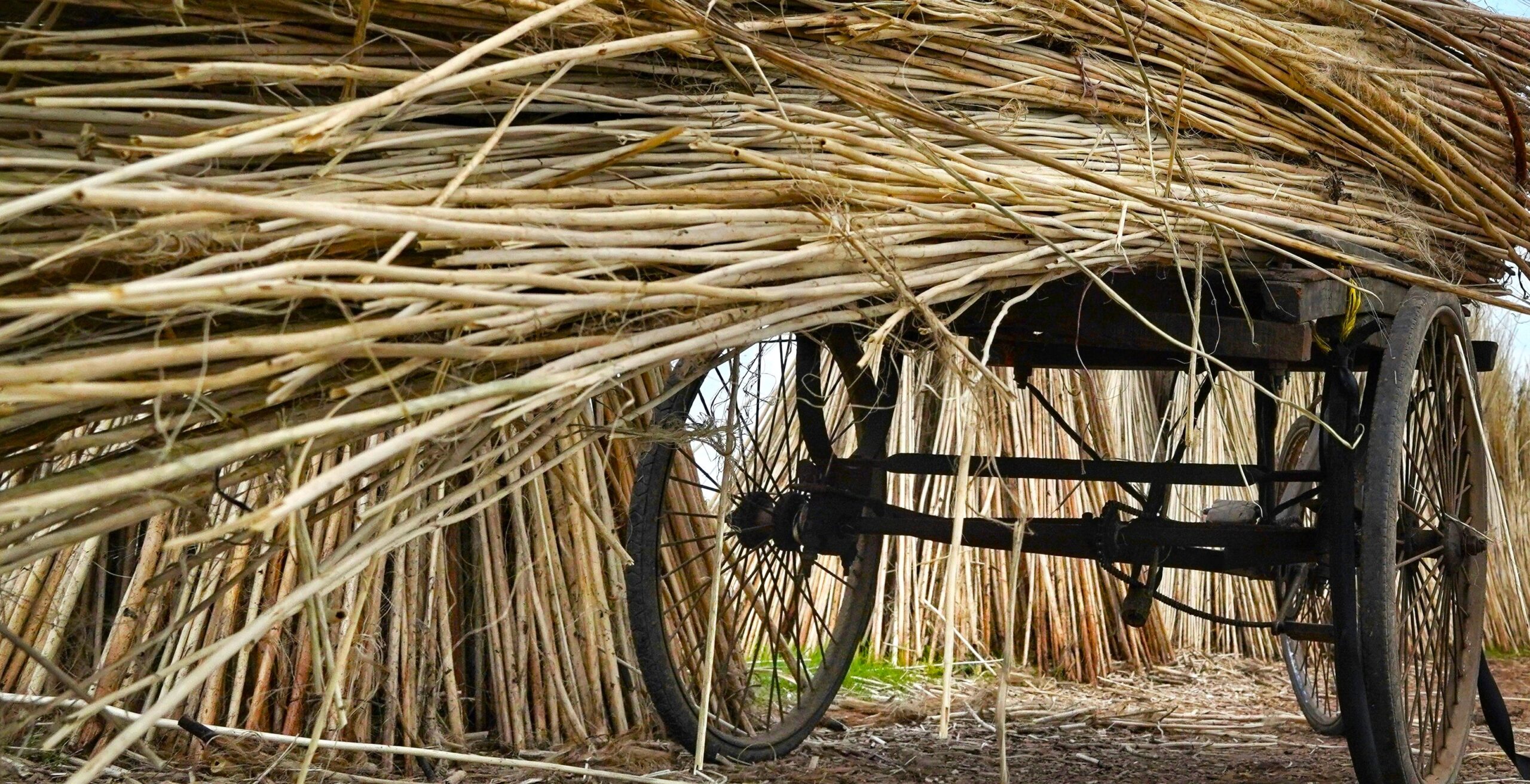
Jute rugs are great at capturing dry soil. That said, these rugs also regularly shed fibers. Over time, dirt and broken fibers will sift through the weave of the rug to the floor beneath. Some argue this is an advantage, suggesting that the rug’s ability to hide dirt makes even a soiled rug look clean.
As material costs go, jute and sisal rugs are often less expensive than rugs made of other synthetic or natural fibers. This is because the grass used for these textiles is readily available and it is quick and cheap to grow.
Yet, for all the advantages of these interior design darlings, professional rug cleaners and homeowners can find them difficult to maintain. That is why so many sisal and jute rugs end up in landfills. Rather than that, it is worthwhile to consider the complaints against grass rugs up front. A review of the care needs of these accessories will empower buyers to purchase with confidence.
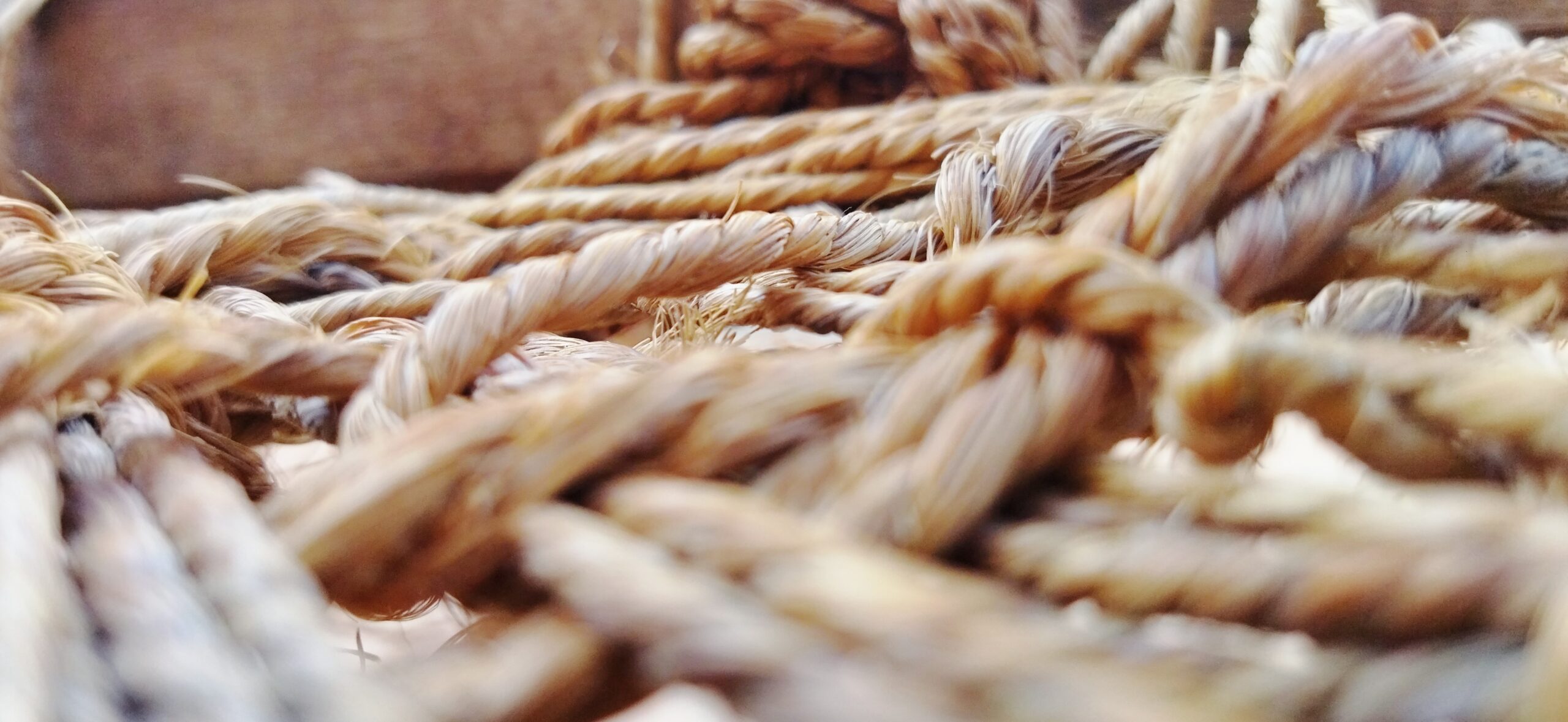
Jute Browns with Water
Professional rug cleaners get calls all the time from frustrated homeowners who have spilled a water-based substance on their sisal or jute rug. “Water is clear,” they complain, “How could it make a spot?” It’s a good point. Why DOES water leave a stain on a grass rug?
Actually, it’s not the water that causes the lasting spot on your favorite plant-based textile. It is the interaction between the water and the grass. Sisal and jute rugs release oils when exposed to heavy moisture, including rain water and beverage spills. That oil leaves a mark that rarely responds to cleaning efforts.
Exposure to water can also cause the grass fibers to grow mold and mildew. Due to their moisture vulnerability, jute rugs do not do well in wet areas like kitchens, baths and laundry rooms. And given the humidity and wet weather in such settings, they are equally unsuited to indoor-outdoor spaces, like porches and patios.
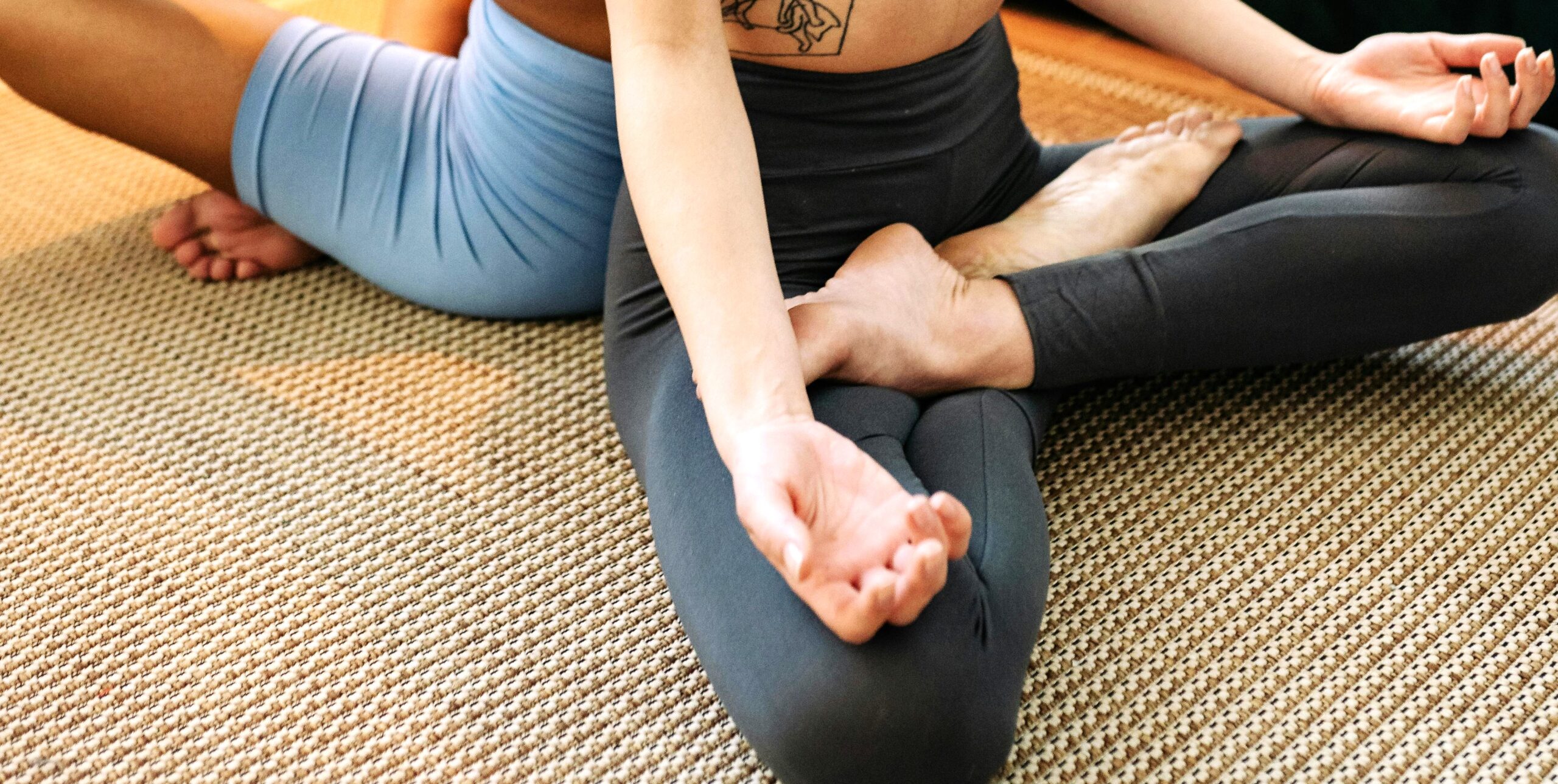
Cleaning Complications of Jute
The water-sensitivity of sisal and jute rugs makes deep cleaning problematic. Anything more than superficial methods and minimal moisture may worsen the discoloration and spots on a well-loved grass rug.
The best rug-cleaning pros suggest dry-cleaning jute and sisal. If going the DIY route, make sure to choose a chemical cleaner that is rated friendly to grass textiles. Remember too that you may need a commercial grade vacuum to remove the chemical powder from your dry-cleaned rug.
For longterm maintenance, the best strategy all around is to schedule the application of a commercial-grade protective layer when your rug is delivered. Professionals can guarantee that their protection is safe for sisal or jute and that it offers a full encapsulation of your rug’s fibers.
Jute Breaks Down over Time
When it comes to the earthy appeal of a sisal or jute rug, there is a trade off. That interesting texture that makes grass fibers so attractive also makes them vulnerable to friction and everyday wear and tear. Sisal and jute rugs shed, from day one. This is more true of some weaves than others so it pays to do a little research.
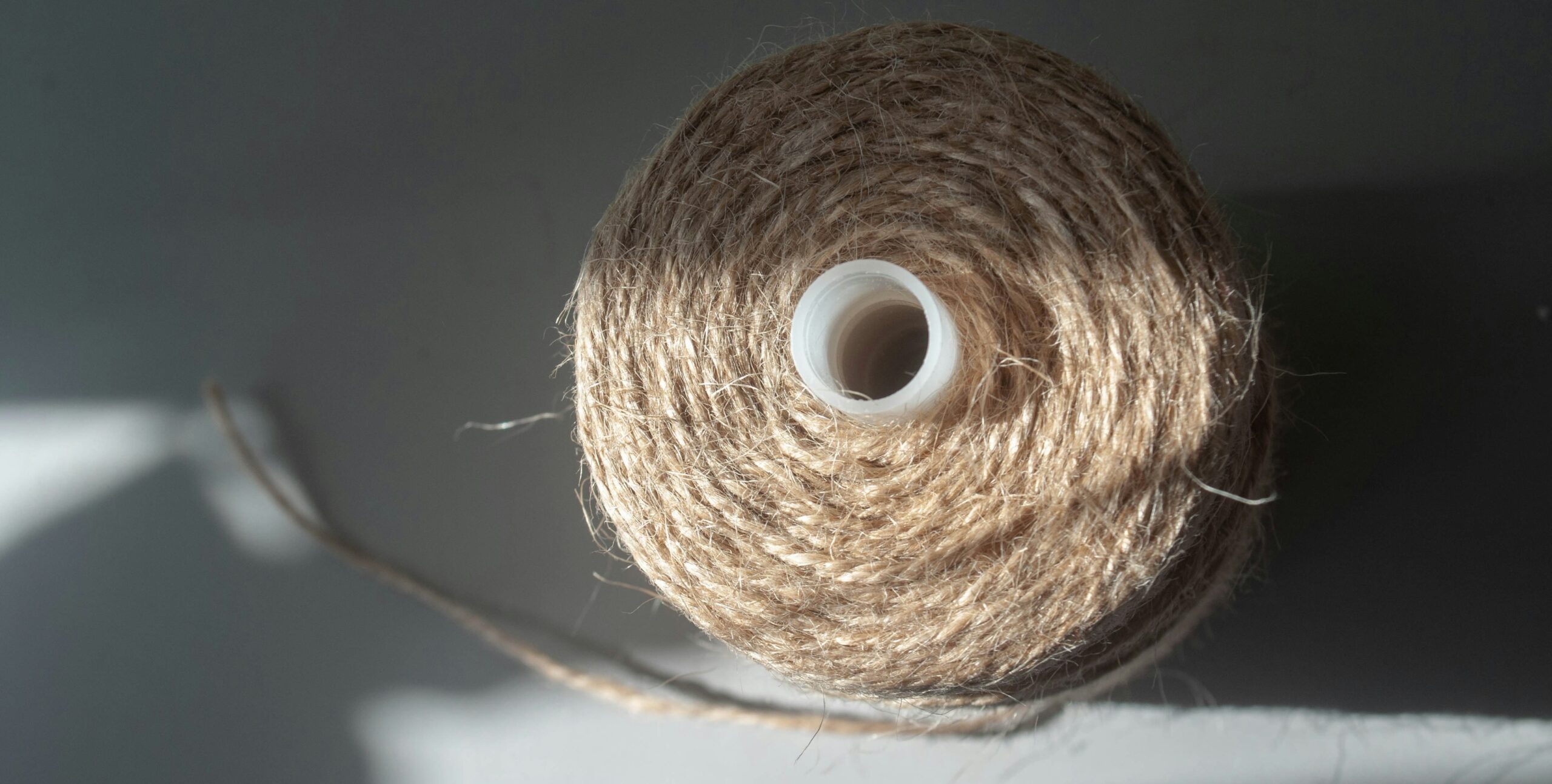
If choosing a grass rug, plan for regular suction vacuuming, especially if the floors under your rugs are dark in color and will show dust. Experts warn any owner of a plant-based rug to avoid using a vacuum with a beater bar. Common to many vacuums, this mechanism can damage the fibers and make them even more vulnerable to friction.
The shedding process, which is particularly noticeable when a jute rug is new, requires the use of a good quality rug pad. This pad will catch debris and prevent these particles from scratching and grinding against the floor beneath the rug. Whether grass-based, synthetic or wool, rug pads extend the life of all rugs.

As it ages, a grass rug continues to dry, causing its fibers to become brittle. Ultimately the natural oils in the grass material will cure out. At that point, the sisal or jute fiber can lose its elasticity. The more friction the rug is exposed to, the more this drying process is sped up. That means grass rugs may not be the best choice for high-traffic zones in a home.
Conversely, if specified for entries, hallways and other high-use zones, it may be advisable to set aside a budget for replacing the rug when necessary. Unfortunately, the disposability cycle will mean that these items will be sent to landfills faster than their synthetic counterparts.

Jute holds odor
When it comes to sisal and jute rugs, pet lovers should think twice before investing in these natural fibers. Due to the high absorbancy of grass rugs, urine stains left on them are nearly impossible to remove.
Moreover, dogs are naturally attracted to these rugs – they are made of grass, after all. Given that jute or sisal soaks up pet pee, and neither fiber responds well to cleaning, grass rugs tend to hold on to the urine odor, making them unpleasant to live with.
If there is any possibility your pup will have an accident on the rug, consider purchasing an alternative fiber rug. There are many that look like grass but are made of more pet-friendly materials.
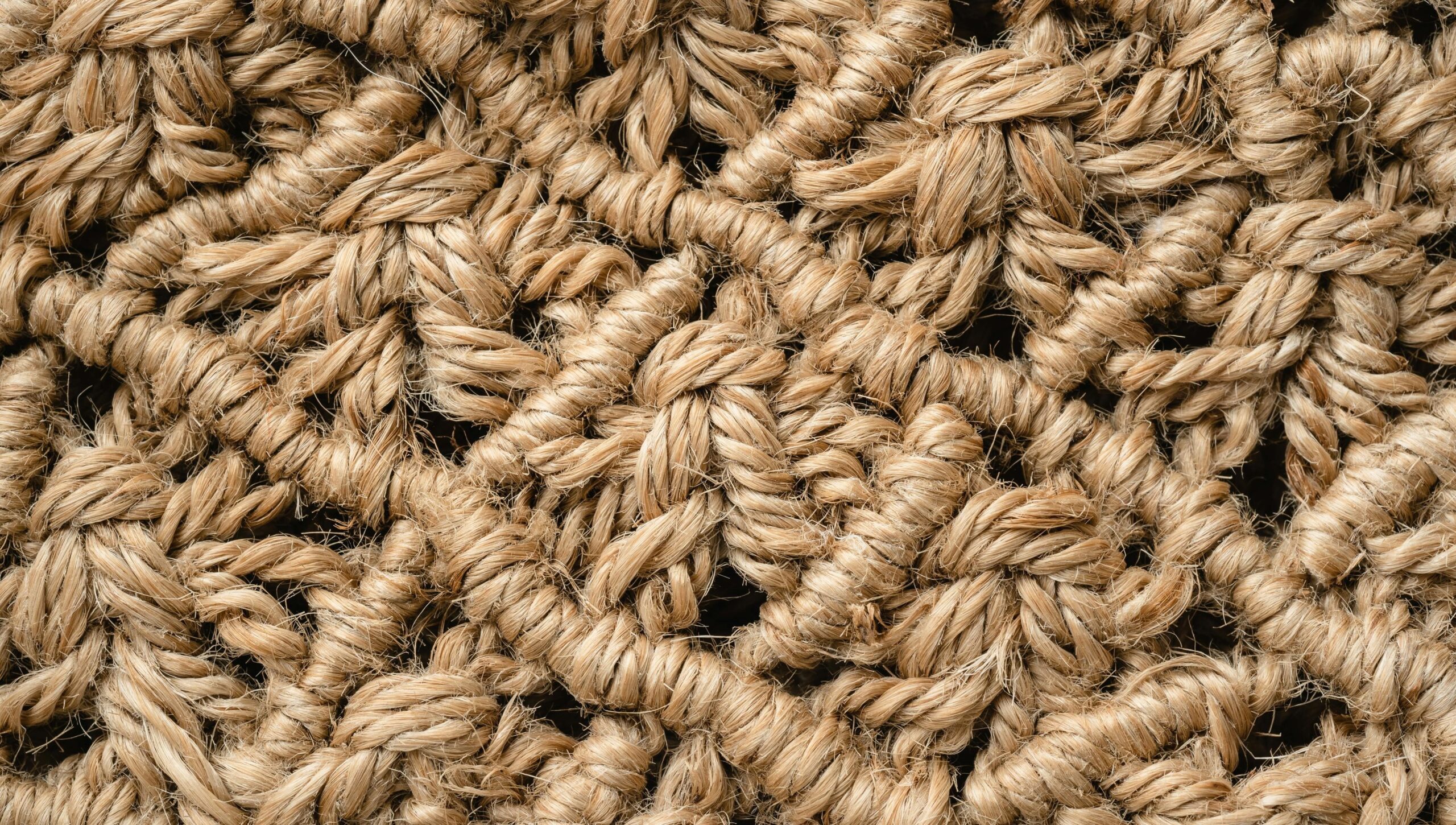
What Can a Professional Cleaner Do?
When it comes to professional cleanings, keep in mind that even the pros have very limited options when cleaning jute and sisal. In most cases they will only offer a light surface cleaning with low moisture. Some companies may recommend a dry-cleaning product, but there is no guarantee such cleaners will make a difference to a rug that is significantly discolored.
It is rare that the pros can remove individual spots from your jute rug. Most service-providers will tell you that cosmetic improvement is unlikely and cleaning may cause the spots to worsen. This is especially true for stains caused by bodily fluids like urine, blood, vomit or feces. Given the cost of cleaning and minimal chance of success, rug owners may prefer to put money into replacing the damaged rug.
The best choice a rug owner can make is to hire the pros to apply stain protection. There are products on the market which are not water-based and which encapsulate grass fibers with nano-tech particles that make the jute and sisal more resilient and stain-resistant.
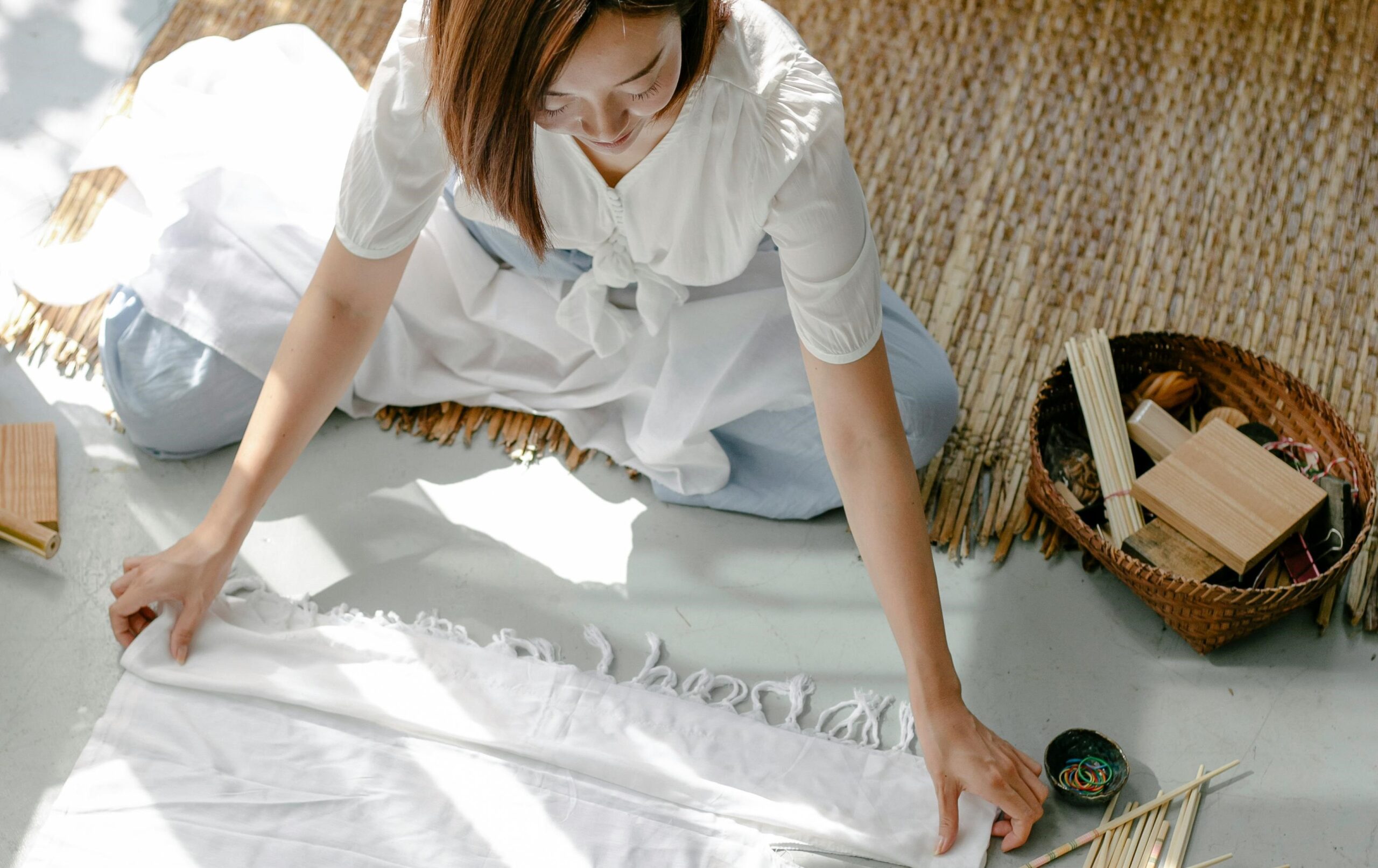
The Top 10 Take-Aways…
- Grass Rugs are attractive and versatile but also a challenge to live with.
- Sisal and Jute are more sustainable than some materials but they may wear out sooner than other rug fibers.
- In comparison to other rug types, grass rugs tend to be more budget-friendly.
- Grass rugs capture dry soil and are most effective when paired with a good-quality rug pad. Buyers should figure in the pad when pricing a jute or sisal product.
- Water and water-based substances leave stains on sisal and jute. These liquids cause grass fibers to release oil which leads to long-term damage.
- Professional cleaners have limited success with jute and sisal. Pros use either surface cleaning methods with light moisture or dry-cleaning products.
- Grass rugs shed, especially when new. They require regular suction vacuuming (don’t use a vacuum with a beater bar).
- Jute and Sisal are vulnerable to the friction of constant foot traffic. For best performance, place these rugs in low-traffic areas.
- Grass rugs are highly absorbent. When exposed to pet urine or other bodily fluids, cleaning will have little effect and the rugs will hold onto odor.
- It is rare the pros can remove set-in spots on jute or sisal. Buyers should apply a high-performance protection at time of installation and blot up every spill or puddle as soon as possible.
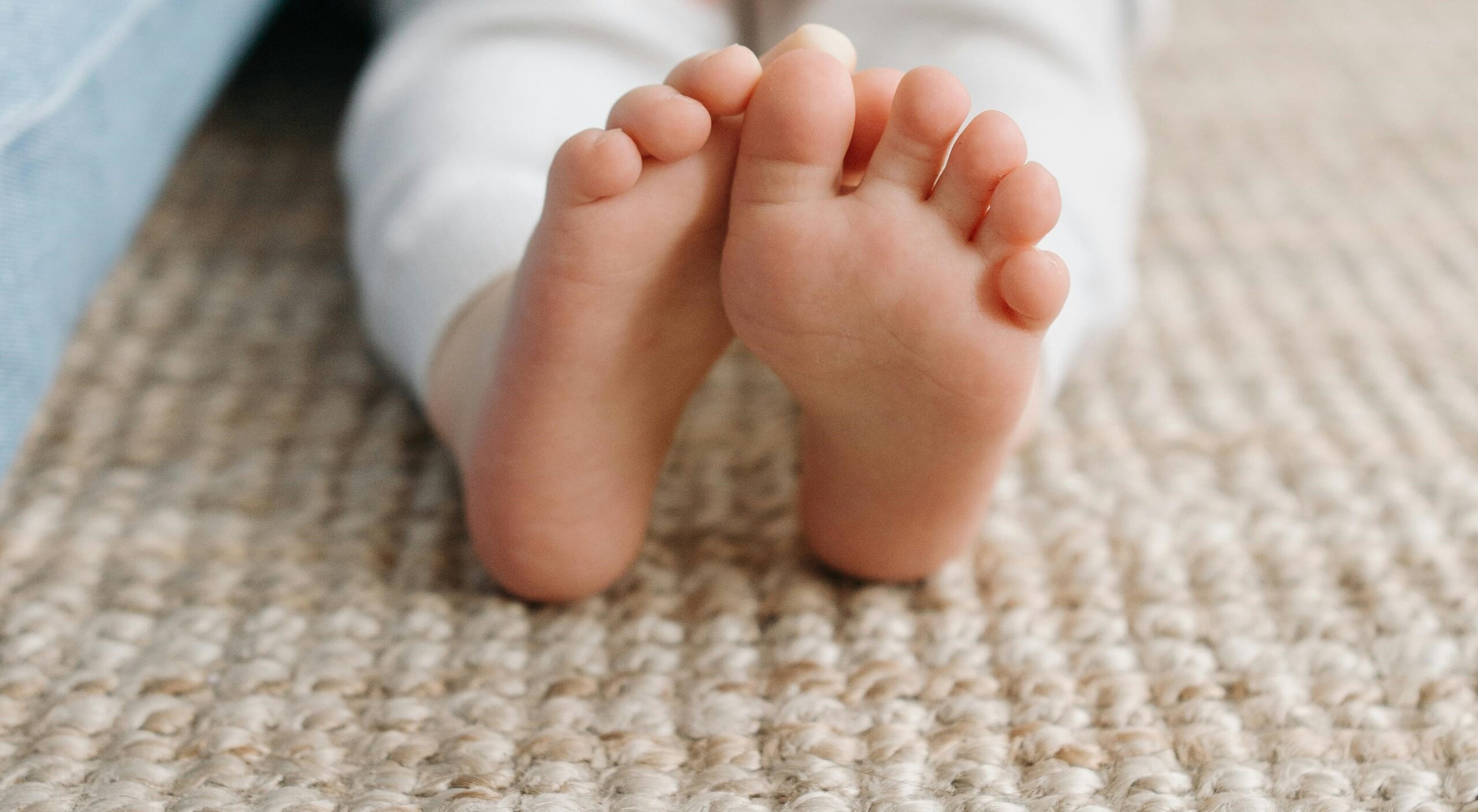
Lastly, Here’s a Style Hack
Ultimately, if you love the look of grass rugs, it is best to plan for regular maintenance and periodic replacement of these fragile fibers. However, if the list of drawbacks has you reconsidering, keep in mind that there are easy-to-clean substitutes out there.
Yup, manufacturers are using synthetic materials to create faux sisal and jute rugs for a variety of settings. Intrigued? Search the web for “faux sisal” or “indoor/outdoor jute rugs.” You’ll find that big names like RugsUSA, Ballard Designs and West Elm carry high-quality imitations made of polypropylene. These rugs hold up against spots, spills, puppy piddles and general long-term wear and tear. They are also responsive to professional cleaning.
Authentic sisal and jute may be charming, at least until life happens and those inevitable accidents occur. But if you choose the synthetic versions of these popular grass fibers, you’ll enjoy a lasting textile that doesn’t compromise on texture or style.

